Tokyo's Timeless Treasures Unveiled
Embark on a captivating journey through Tokyo's vibrant history and culture on this free walking tour, exploring ancient temples and modern marvels.
Time
3 Hours
Stops
9 Places
Distance
4.7 km
Senso-ji Temple
Begin your journey at Tokyo's oldest temple, Senso-ji, a vibrant and bustling site that offers a glimpse into Japan's rich history and spiritual traditions.
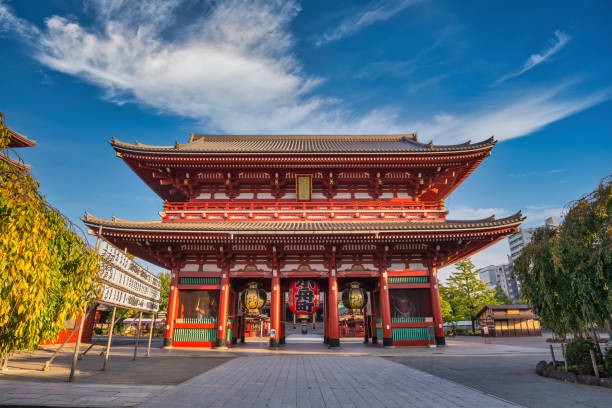
Senso-ji Temple (Source: Google Maps)
Senso-ji Temple, Tokyo's oldest temple, is a significant spiritual site founded in 628 AD. Its iconic Kaminarimon Gate, adorned with a giant red lantern, welcomes visitors to the temple complex, which features a stunning five-story pagoda and the bustling Nakamise Street leading to it. The temple is dedicated to Kannon, the Buddhist goddess of mercy, and attracts millions of visitors annually who come to pray, light incense, and enjoy traditional snacks from the street vendors. Its vibrant atmosphere, especially during festivals like Sanja Matsuri, reflects the deep-rooted traditions and spiritual significance of the site.
Nakamise Shopping Street
Just a short walk from Senso-ji, explore the lively Nakamise Shopping Street, where you can experience traditional Japanese snacks and crafts.
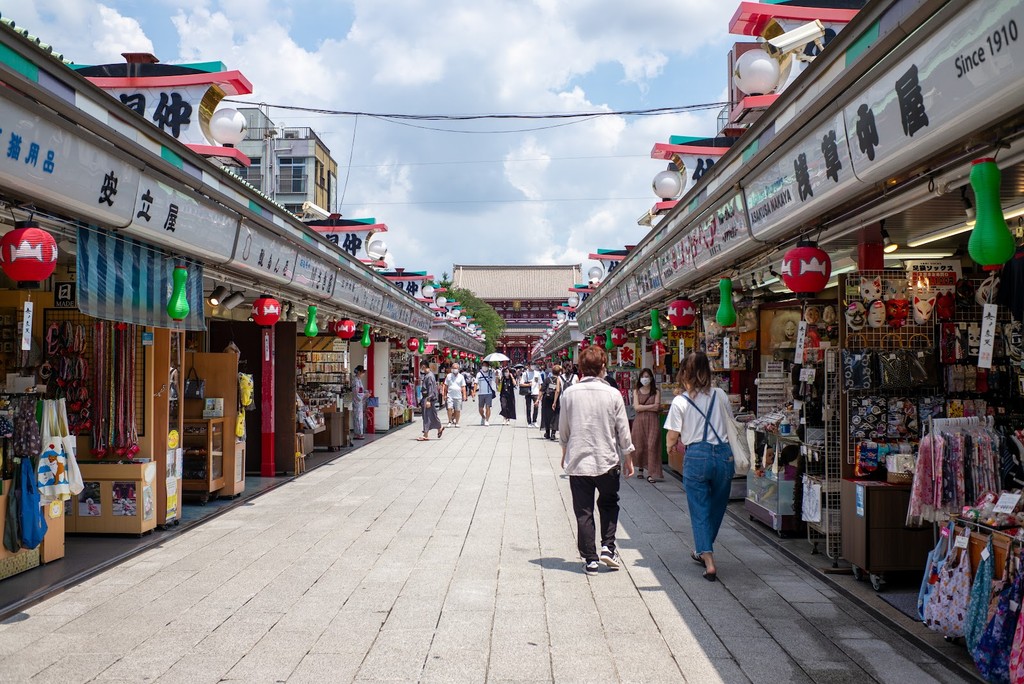
Nakamise Shopping Street (Source: Google Maps)
Nakamise Shopping Street, located just outside Senso-ji Temple, is a historic shopping district that has served visitors for centuries. Stretching approximately 250 meters, it features over 90 shops selling traditional snacks, souvenirs, and crafts. Established during the Edo period, this lively street provides a glimpse into the local culture and culinary delights, with offerings like ningyo-yaki (sweet cakes filled with red bean paste) and freshly made senbei (rice crackers). The vibrant atmosphere is enhanced by the colorful shopfronts and the constant flow of tourists and locals alike, making it a must-visit destination for a taste of Tokyo's heritage.
Asakusa Culture and Tourist Information Center
A modern architectural marvel with a viewing deck that offers panoramic views of Asakusa and the Tokyo Skytree.
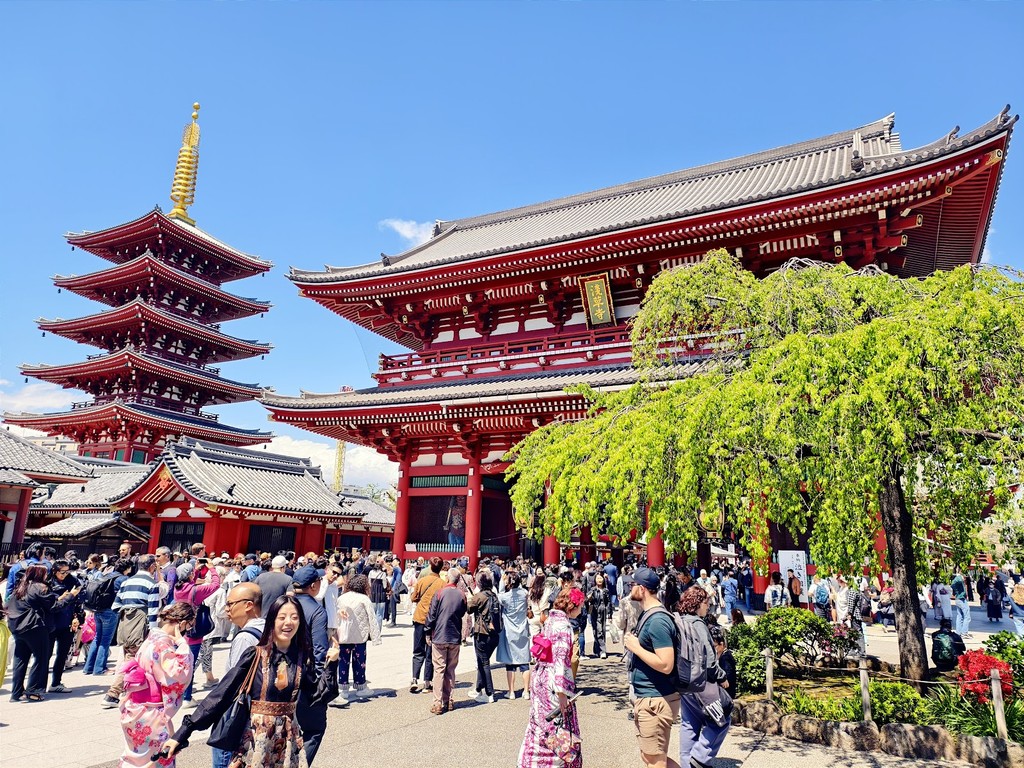
Asakusa Culture and Tourist Information Center (Source: Google Maps)
The Asakusa Culture and Tourist Information Center is a striking modern architectural landmark designed by Kengo Kuma. Completed in 2012, this facility features a distinctive façade of wooden slats that reflects traditional Japanese aesthetics while providing a contemporary space for visitors. The center offers comprehensive information about the Asakusa area and beyond, with multilingual staff ready to assist. Its observation deck on the eighth floor provides stunning panoramic views of the Tokyo Skytree, Senso-ji Temple, and the Sumida River, making it an ideal spot for photography and orientation before exploring the vibrant surroundings.
Sumida Park
Stroll along the scenic Sumida Park, which offers beautiful views of cherry blossoms in spring and a peaceful break from the urban environment.
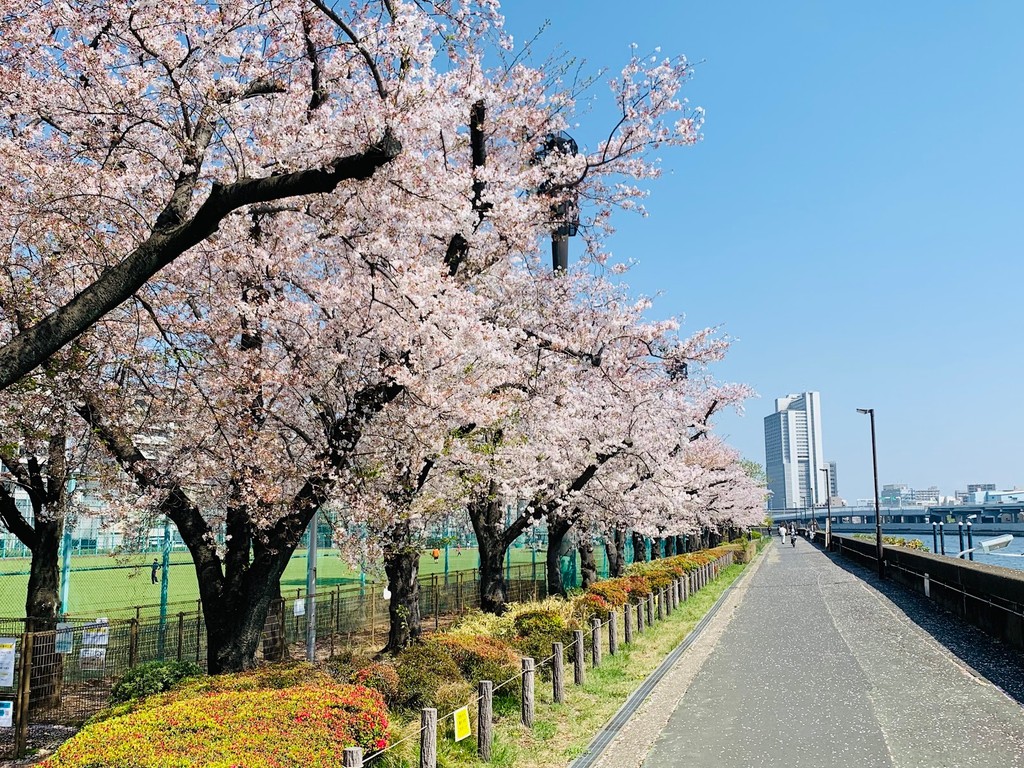
Sumida Park (Source: Google Maps)
Sumida Park is a picturesque riverside park that stretches along the Sumida River, providing a serene escape from the urban hustle of Tokyo. Known for its seasonal beauty, the park is particularly famous for its cherry blossom trees, which bloom spectacularly each spring, attracting thousands of visitors who come to enjoy hanami (flower viewing) picnics. The park features walking paths, open green spaces, and traditional Japanese gardens, creating a tranquil atmosphere for relaxation. Additionally, the park hosts various cultural events and festivals throughout the year, celebrating Tokyo's rich heritage and providing a space for community gatherings.
Tokyo Skytree
Visit the Tokyo Skytree, the tallest structure in Japan, to admire its impressive design and perhaps stop for a brief rest and refreshment in its lower levels.
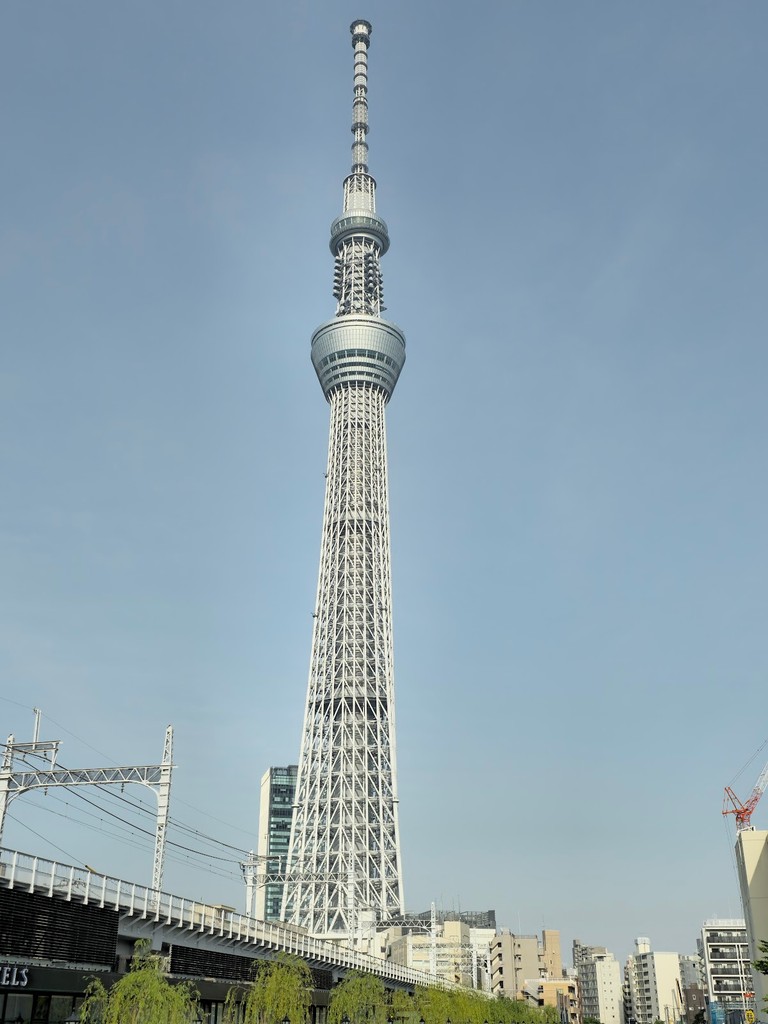
Tokyo Skytree (Source: Google Maps)
Tokyo Skytree, completed in 2012, is the tallest structure in Japan and the second tallest in the world, reaching an impressive height of 634 meters. This broadcasting and observation tower is a marvel of modern engineering and design, featuring a unique, slender silhouette that is visible from various points across the city. The tower houses two observation decks, offering breathtaking views of Tokyo and beyond. The lower levels include shopping and dining options, making it a popular destination for both tourists and locals. The Skytree is also home to the Sumida Aquarium and the Tokyo Solamachi shopping complex, enhancing its appeal as a multifunctional hub.
Sumida Hokusai Museum
Discover the works of the famous ukiyo-e artist, Katsushika Hokusai, at this museum dedicated to his art and influence.
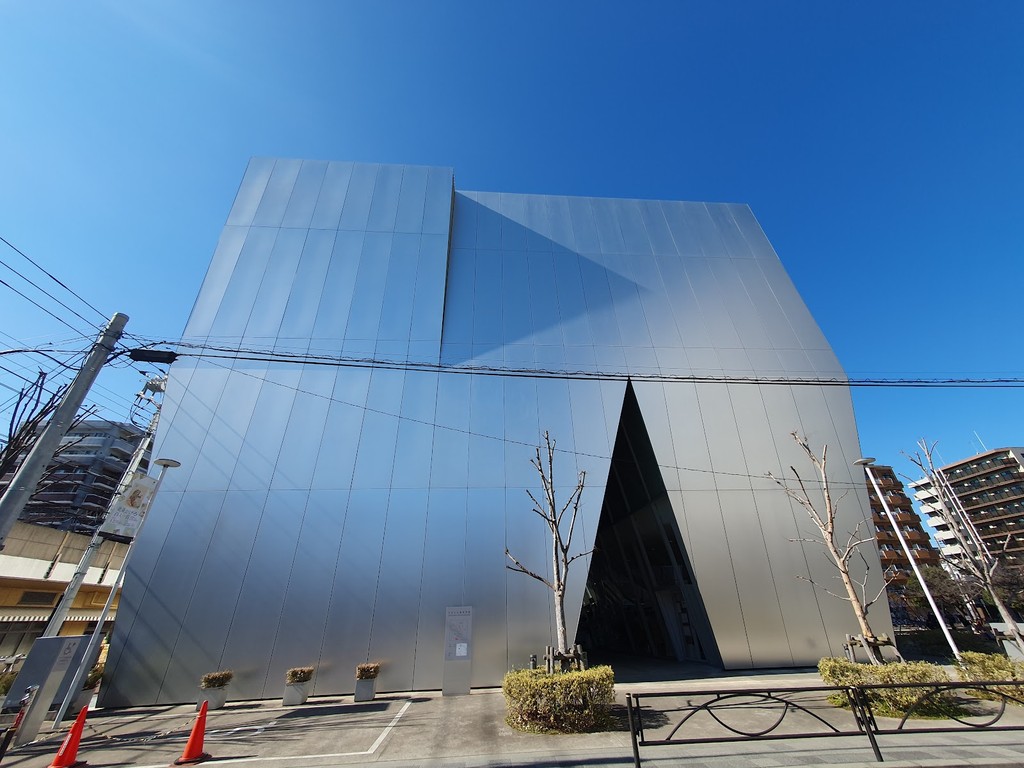
Sumida Hokusai Museum (Source: Google Maps)
The Sumida Hokusai Museum is dedicated to the life and works of Katsushika Hokusai, one of Japan's most celebrated ukiyo-e artists. Opened in 2016, the museum features a modern architectural design that complements Hokusai's artistic legacy. The collection includes a vast array of Hokusai's prints, paintings, and sketches, showcasing his innovative techniques and the evolution of his style over the decades. The museum also offers exhibitions that explore Hokusai's influence on both Japanese and Western art, as well as workshops and educational programs that delve into the art of ukiyo-e. Visitors can gain a deeper appreciation for Hokusai's contributions to the world of art while enjoying a serene atmosphere.
Edo-Tokyo Museum
Gain insights into the history and culture of Tokyo from the Edo period to modern times at the Edo-Tokyo Museum.
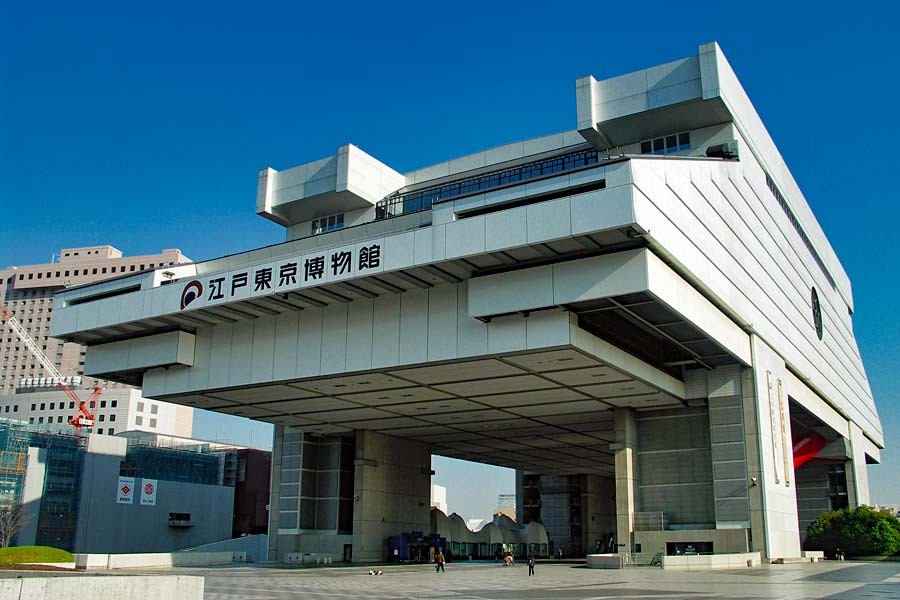
Edo-Tokyo Museum (Source: Google Maps)
The Edo-Tokyo Museum offers an insightful journey through the history of Tokyo, from its origins as a small fishing village to its development into a bustling metropolis. The museum's extensive collection features artifacts, models, and interactive exhibits that illustrate the city's transformation during the Edo period and beyond. Notable displays include life-sized replicas of historical buildings, traditional crafts, and immersive experiences that transport visitors to different eras of Tokyo's past. The museum also hosts temporary exhibitions that focus on various aspects of Tokyo's culture, providing a comprehensive understanding of the city's rich heritage and its impact on contemporary Japan.
Ryogoku Kokugikan
Explore the home of sumo wrestling in Japan, Ryogoku Kokugikan, and perhaps catch a glimpse of sumo practice if your timing is right.
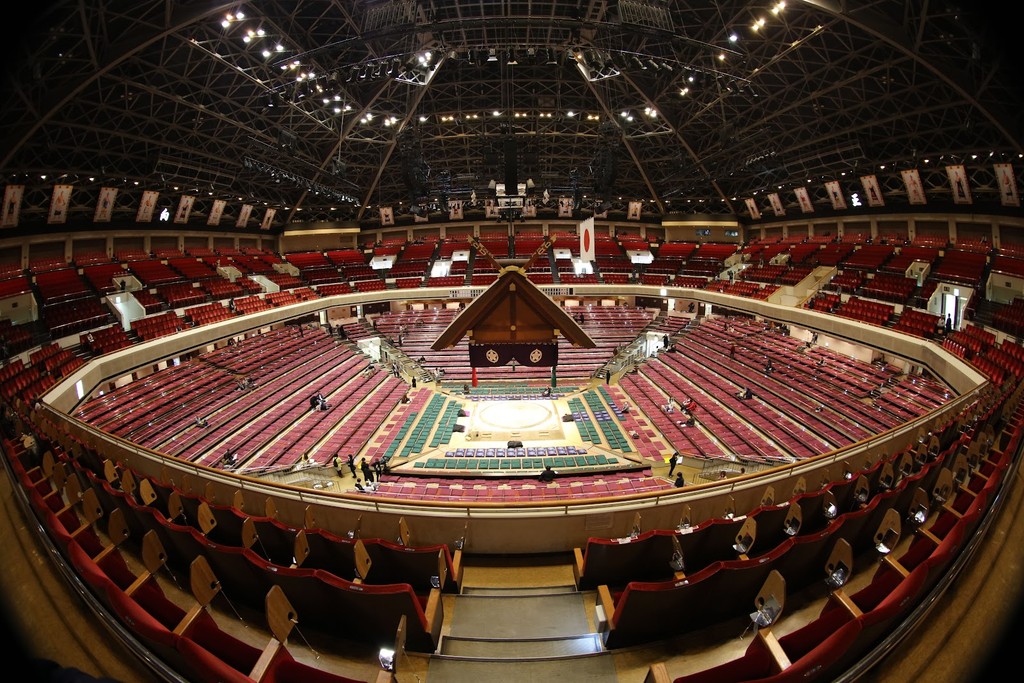
Ryogoku Kokugikan (Source: Google Maps)
Ryogoku Kokugikan is the premier venue for sumo wrestling in Japan, located in the heart of the Ryogoku district. Opened in 1985, this iconic arena hosts major sumo tournaments, showcasing the ancient sport that is deeply rooted in Japanese culture. The venue can accommodate over 10,000 spectators, creating an electrifying atmosphere during matches. Visitors can also explore the Sumo Museum located within the complex, which features artifacts related to the history and traditions of sumo wrestling. The surrounding area is rich in sumo culture, with numerous stables where wrestlers live and train, providing a unique glimpse into the life of these athletes.
Kyu-Yasuda Garden
Conclude your tour with a serene walk through Kyu-Yasuda Garden, a traditional Japanese garden providing a tranquil escape from the bustling city.
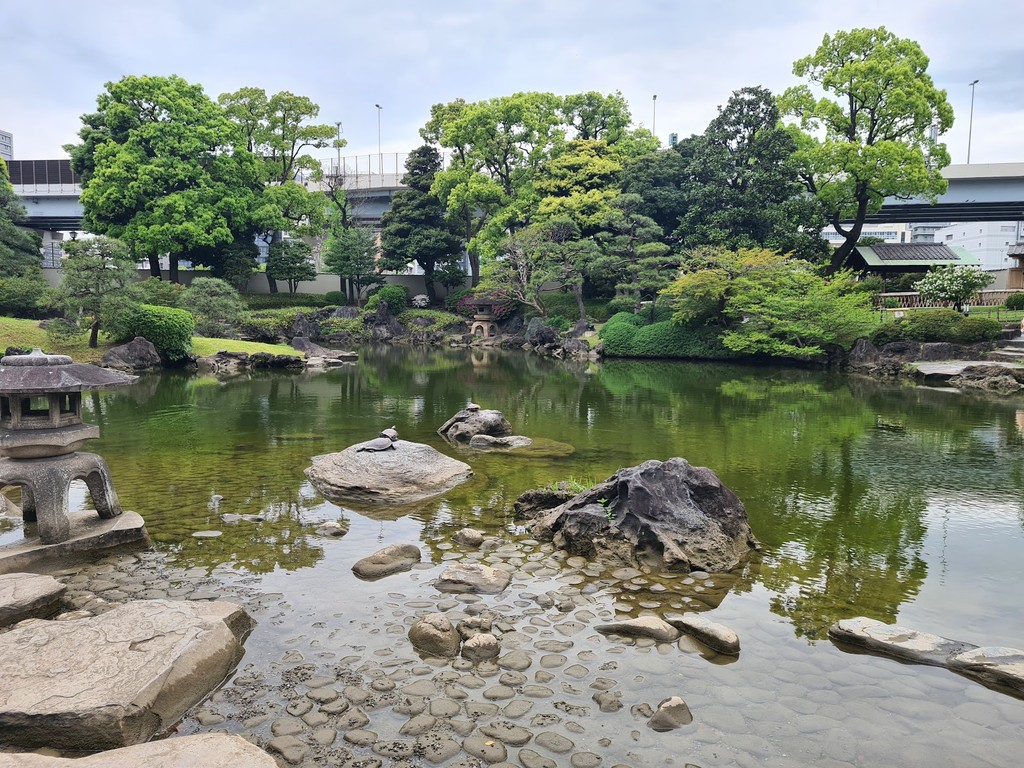
Kyu-Yasuda Garden (Source: Google Maps)
Kyu-Yasuda Garden is a beautifully landscaped traditional Japanese garden that offers a peaceful retreat from the bustling city of Tokyo. Established during the Edo period, the garden features a tranquil pond, charming walking paths, and meticulously maintained flora that reflects the beauty of nature in every season. Visitors can enjoy the serene atmosphere, complete with koi fish swimming in the pond and seasonal flowers blooming throughout the year. The garden is designed to provide a harmonious blend of natural elements and traditional Japanese aesthetics, making it an ideal spot for relaxation and contemplation after a day of exploring the vibrant urban landscape.

Your travels, your rules.
Create your own Free Walking Tours.
Set your preferences, distances and anything you want to do or see.
Completely free, no payment required.